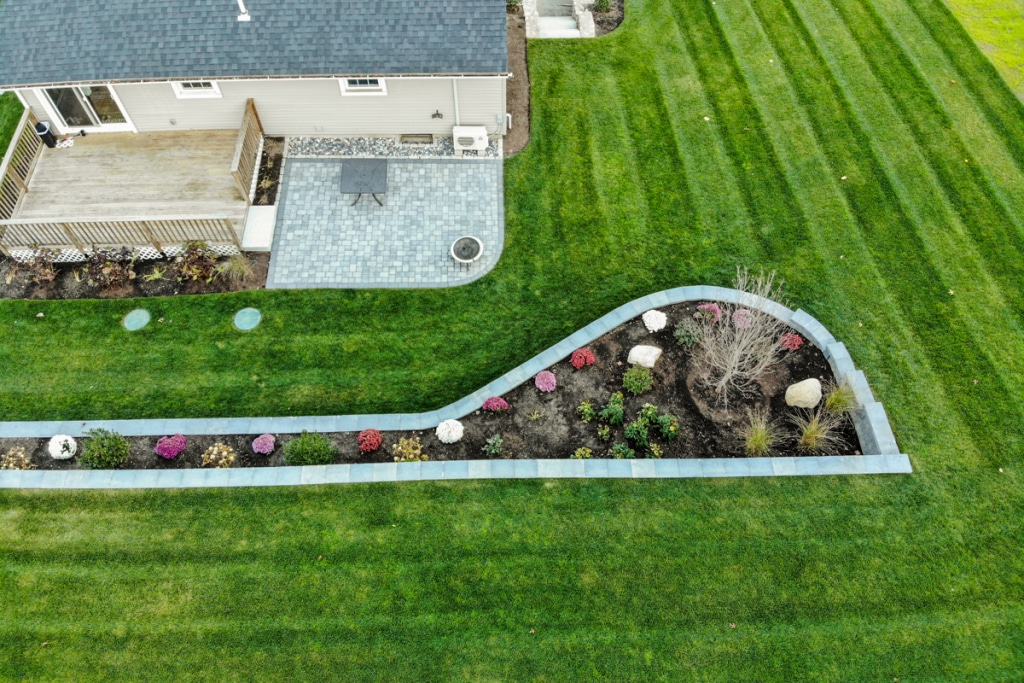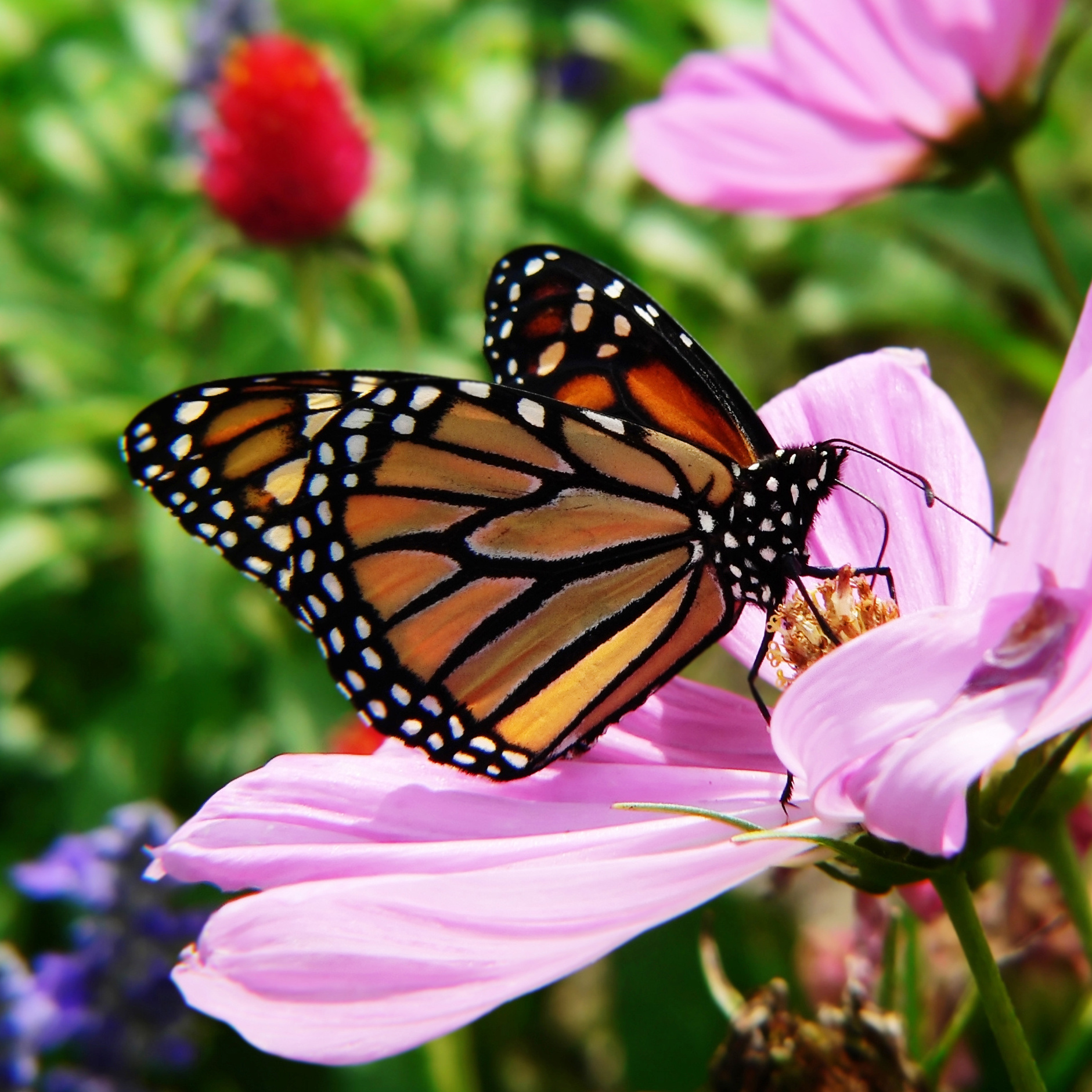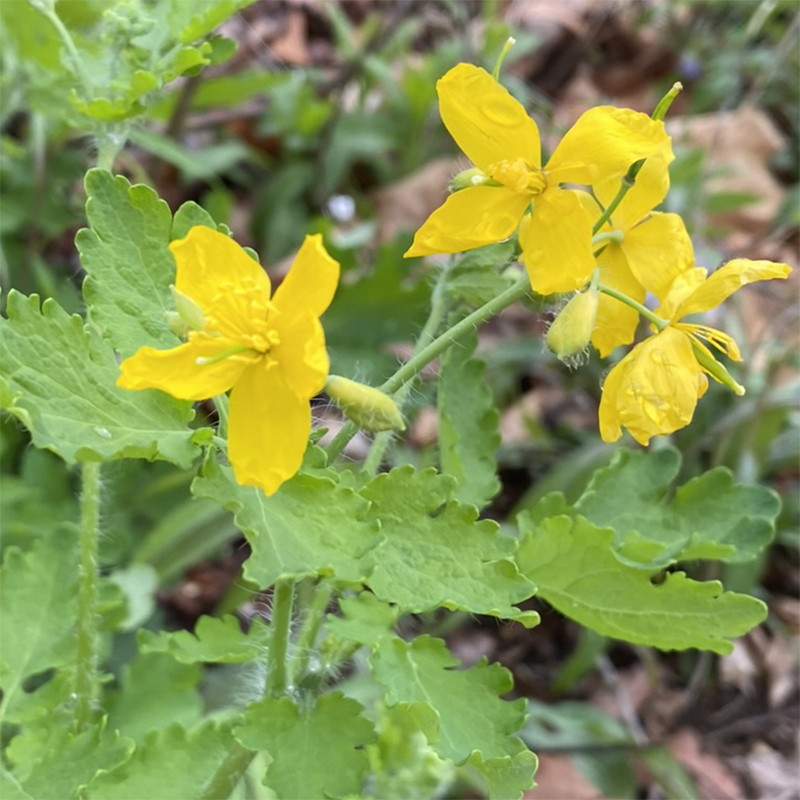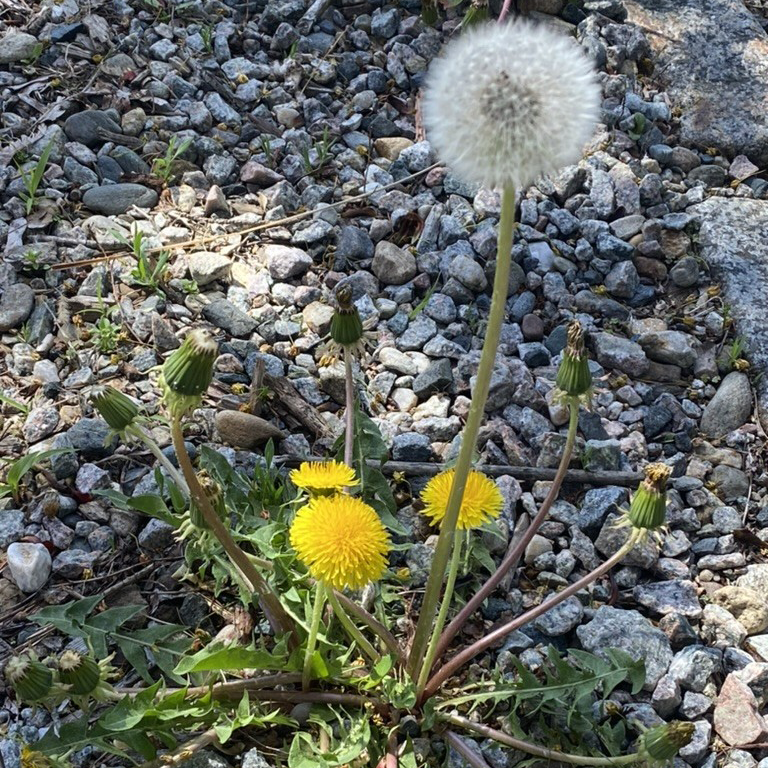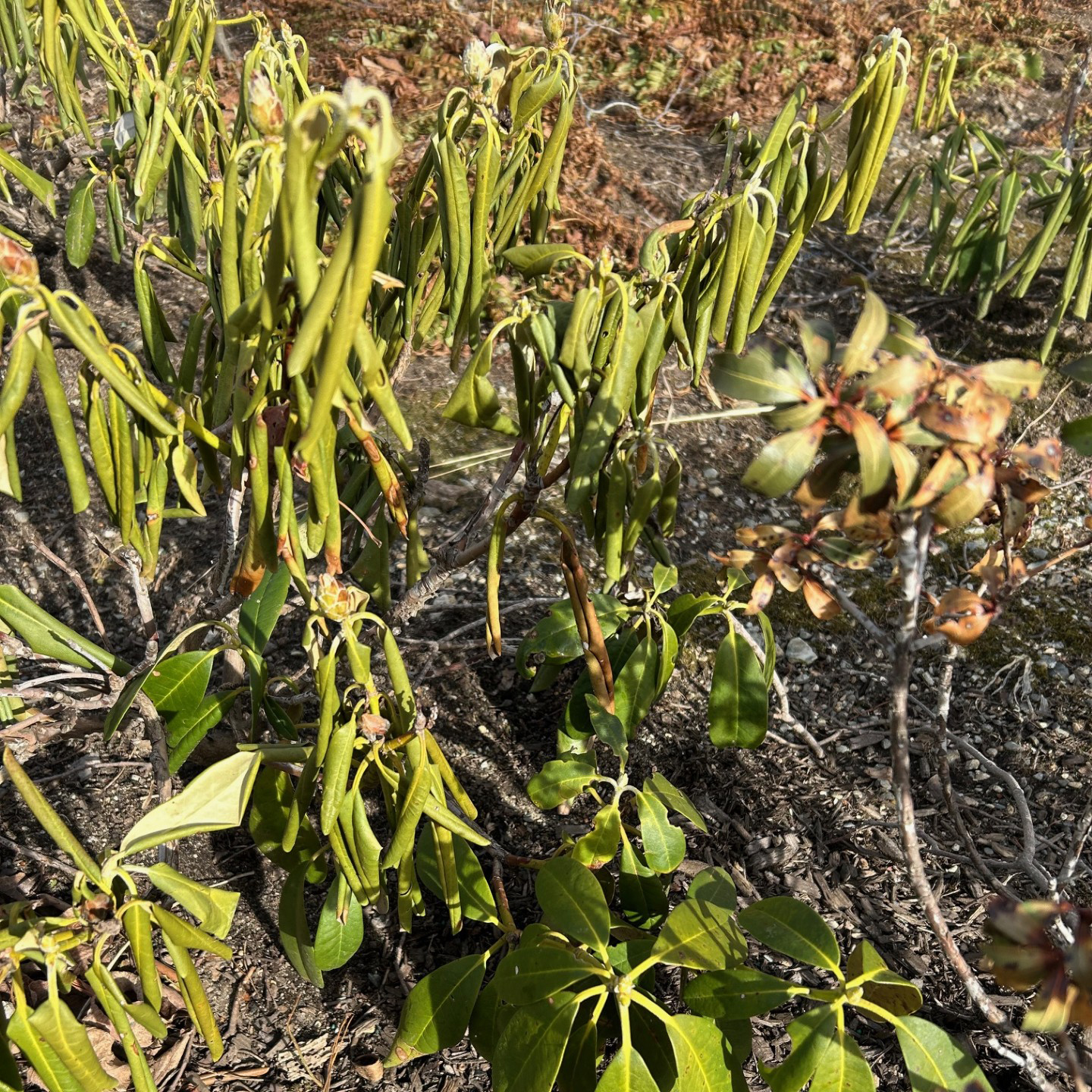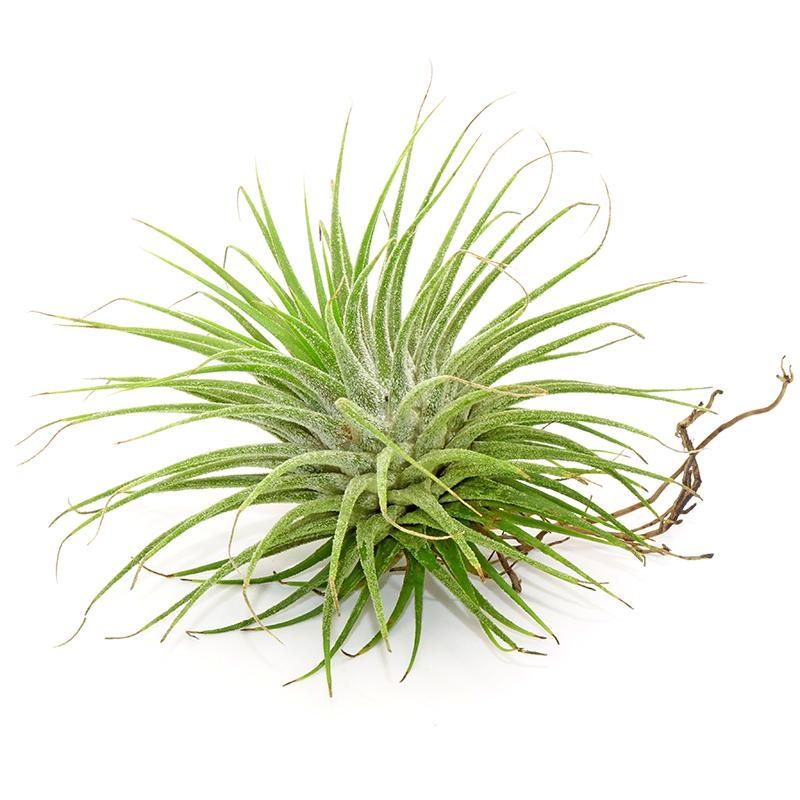
Light
Give an air plant bright, filtered sunlight, like that found near an east-, south- or west-facing window. The higher the humidity of the air the higher the light will be tolerated.
Water
If the atmosphere is not too dry (as in an air conditioned house) they can survive with water misting and an occasional bath. Spray misting is insufficient as the sole means of watering but may be beneficial between regular watering in dry climates to increase the humidity. In normal household humidity, lightly mist with water 1 to 2 times a month.
Use tap water (never use distilled water). Water air plants 2 to 3 times a week, either fully immersing for a little while or soaking under the tap for several minutes. It is also a good idea to give the plant a 2-3 hour soak every month or two as well. Air plants will not survive in standing water. After wetting the plant thoroughly, turn it upside down and gently shake it.
Air Circulation
The key to air plant survival is constant air circulation. Following each watering, air plants should be given enough light and air circulation to dry in 4 hours or less.
Temperature
Optimal temperature range for air plants is 5- to 90 degrees Fahrenheit.
Fertilize
Once a month, use an orchid or bromeliads fertilizer to encourage blooming. Add a pinch of fertilizer to the mister.

